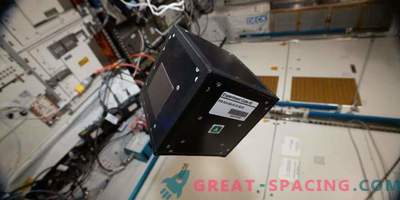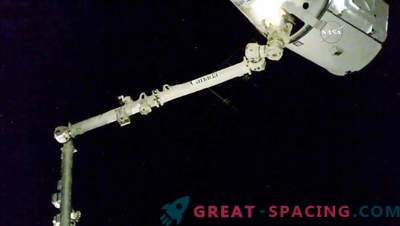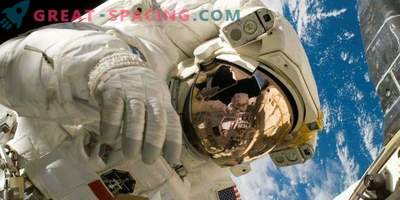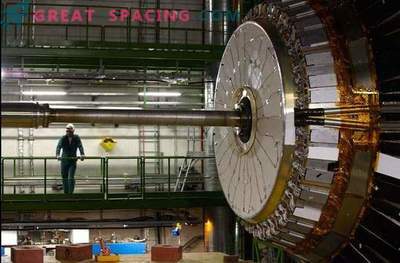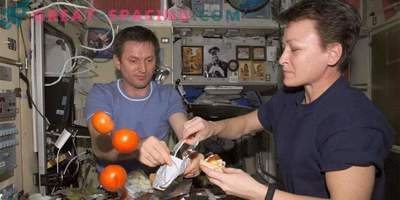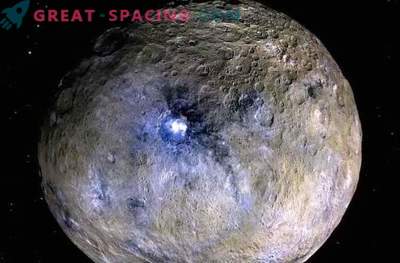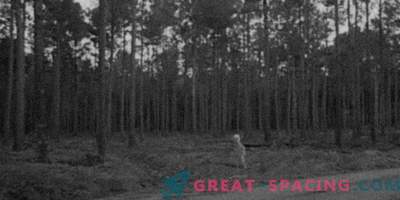
This is a miniature laboratory inside the Columbus orbital laboratory. This is a cube with a diameter of 40 cm, a technical triumph. The technology functioned even before the arrival of Columbus in 2008.
A wide range of experiments on the science of life in weightlessness is carried out in Kubik with minimal crew intervention. In the center of the temperature-controlled mechanism is a centrifuge to simulate gravity, so that double experiments can be carried out with one unit under different conditions. This makes it possible to understand whether changes are associated with weightlessness or whether another environmental factor has affected, such as cosmic rays.
The task of researchers is to miniaturize their experiments so that they correspond to compact units. Now scientists are trying to update the experimental units as much as possible, so in some cases the crew can adapt the previously processed block. Why send biological samples in weightlessness? Because many biological systems partially depend on gravity, and in these experiments we can analyze in detail the mechanism of their functioning.
To develop this idea, Kubik for many years took samples of bacteria, fungi, white blood cells and stem cells from bone marrow and umbilical cord, plant seedlings and tadpoles.
The time of experiments is limited, so each mission is carefully planned. Even exact hours of input and output of samples in the Cube are taken into account. The technology conducted 12 experiments by ESA and other space agencies. By the end of this decade, another 7 are planned. It is expected to upgrade with new electronics, which will help ensure full functioning in the second decade.


